Kase K8 Filter Holder and Polariser Review
by Alex W.
Kase are one of the most recent filter manufacturers to enter an already crowded UK marketplace, but they haven’t come to the part empty handed.
They have offered innovation and top quality in their Kase Wolverine Neutral Density filters, but now it’s time to see if their filter holder itself actually lives up to the billing.
The filter holder in question is the Kase K8 kit, and it comes with all the usual fixtures and fittings of a filter kit. Similar to the NiSi V5 Pro kit we reviewed earlier in the year, you get multiple adaptor rings and a built-in (but detactable) polarising filter.
You Might Like… 5 Filters That Will Transform Your Photography
Kase K8 Filter System Review
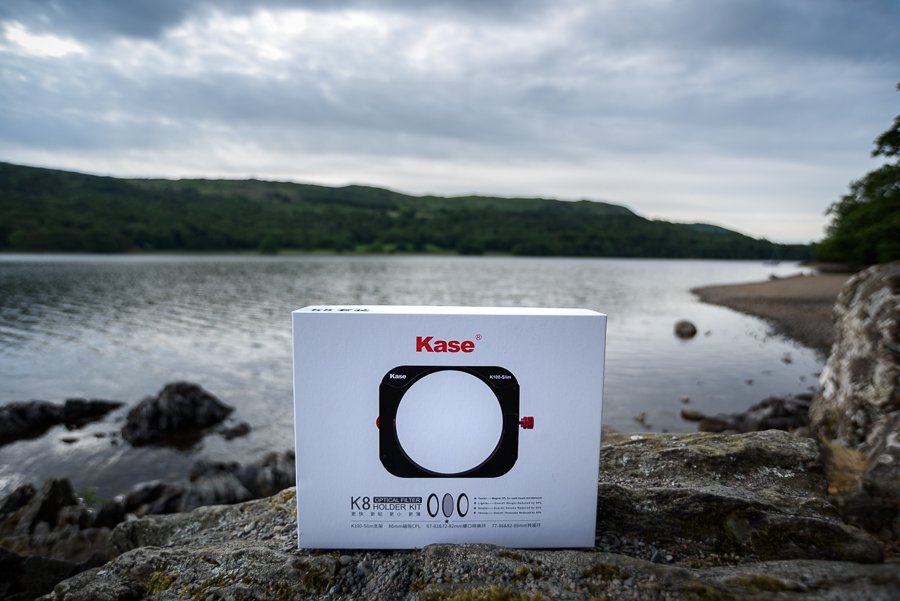
Use the Coupon Code AW10KA to Get 10% Off Your Filter Purchase at KaseUK
Kase Filters entered the filter race back in 2011 when they passed the litmus test of all high quality filters, being rated as a high-quality manufacturer by the China National Camera Quality Supervision and Inspection Centre. They followed that by passing the European equivalents, but it’s only in the past year or so that Kase have truly entered the public eye.
This was largely thanks to the emergence of Kase UK, who brought the high quality of Kase Filters to the UK market. Andi Campbell, Andrew Yu, and Stephen Elliott set up this branch of Kase Filters, and in the past year their market share has skyrocketed.
As we’ve already mentioned, their Wolverine ND filters brings incredible optical performance as well as true innovation to the filter market, but without a top quality holder to slot these into their innovation isn’t worth much.
Fortunately, a top quality holder is precisely what we get.
Price, Packaging, and Protection
The three Ps that offer the buyer their first exposure to the product. First impressions aren’t everything, of course, but they are key to giving us a positive first impression. In addition, if the manufacturer doesn’t care about how their product is presented then why should we expect any level of pride in their actual work?
As with the Wolverine ND filter, the Kase K8 passes on all fronts.
The price is exceptionally reasonable at just £110 RRP, which is substantially cheaper than both the NiSi V5 Pro and the Formatt Hitech. The Lee Foundation Kit is a bit different due to it not having adaptor rings or an integrated polariser, but it ends up far more expensive than the Kase K8.
It arrives in a lovely, professional presentation box with everything snugly sitting in place. Again, it’s impressive. The only small downside is the fact that it doesn’t come with a carrying case, whilst both the NiSi V5 Pro and the Formatt Hitech Firecrest do.
Overall though, it’s a big tick in the box for the Kase K8.
You Might Like… Best Lenses for Landscape Photography
Kase K8 – Inside the Box
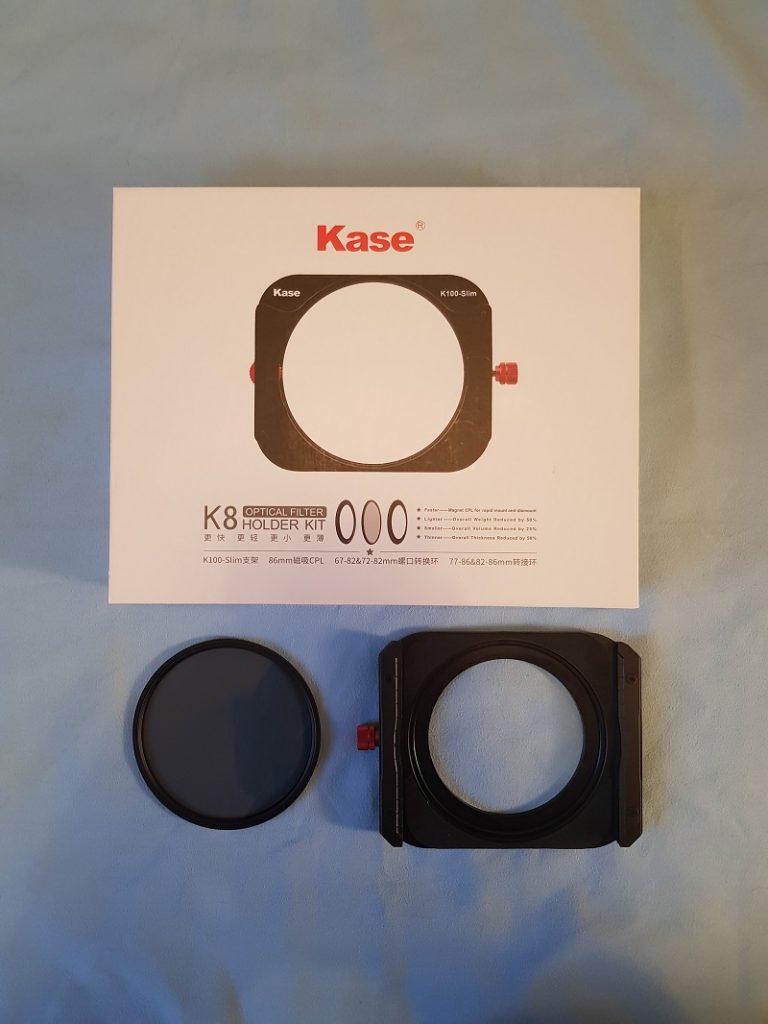
All the usual components are right there in the box, but there is one notable thing missing – Size.
The Kase K8 is tiny compared to other filter holders. This is a huge bonus in my eyes, and in the eyes of most landscape or nature photographers. We’re often out trekking for miles to get our shots, carrying all our camera equipment in the process. Any bit of saved weight and space is extraordinarily valuable. It’s not the only little surprise in there either:
- Filter Holder – This is the part that actually houses your 100mm square filters (or 150mm x 100mm in the Kase Wolverine’s case.) It has a small wheel on the side used for rotating the integrated polariser, and a little screw on the other side for attaching the holder to your camera.
- Adaptor Rings – The adaptor rings allow you to attach the holder to lenses with different filter thread sizes. The included ones mean that 67mm, 72mm, 77mm, and 82mm thread sizes are all covered.
- Polarising Filter – A slimline polariser that fits into the K8 holder. But here’s the difference – It’s magnetic. We’ll get onto that in a bit.
You Might Like… Ultimate Guide to Waterfall Photography
Kase K8 in the Field
It’s well priced, nicely packaged, and looks the part. None of that matters if it doesn’t work in the field though, so off I went to test it out.
First things first is the assembly of the filter holder. A fiddly setup is a nightmare to use in the field, especially with numbed fingers in howling wind. It’s absolutely imperative that it’s easy to put together and attach to the camera, otherwise you’re going to miss shots while your setting everything up.
Thankfully, the Kase K8 is intuitive and easy to use. From scratch to fully assembled and ready to use it took just 42 seconds. Admittedly this was in the comfort of my home, but under exactly the same testing conditions the NiSi V5 Pro took a slightly longer 51 seconds. This is pretty much all down to the ingenious magnetic polariser.
Anybody who has tried to screw a polarising filter into a holder when it’s below freezing will be well aware of how painful and difficult it is. Those threads seem to be made of broken glass when your hands are cold. Kase have thought about this problem and taken simple measures to solve it.
It’s so simple – You just pick the polarising filter up and slot it into the holder. The magnets do the rest of the work. Detaching it requires either pushing from the back or slotting a fingernail under there, but even with that it’s much easier than using a screw in filter. It’s… Brilliant.
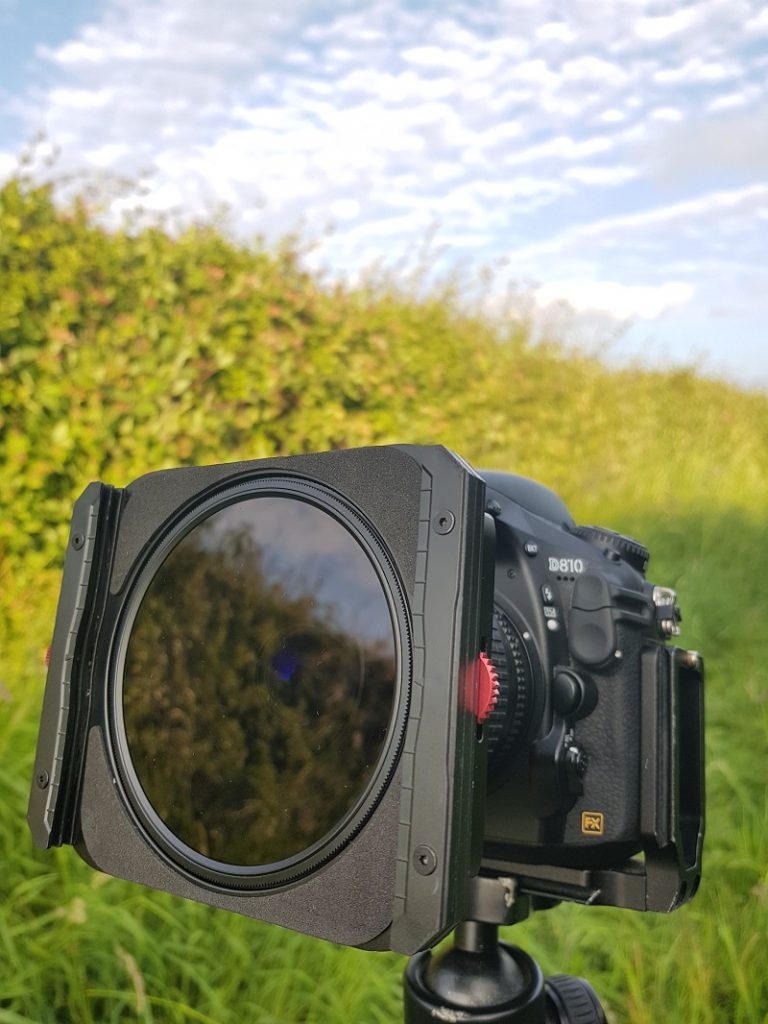
Overall, the Kase K8 is very easy to use. It’s beautifully compact and light, quick to set up, and will be a finger-saver in the winter months. Another huge tick in the box right there.
You Might Like… 11 Best Photography Accessories for Photographers on a Budget
Kase K8 Polarising Filter Review
Being magnetic is all well and good, but once again if the filter doesn’t perform optically then it’s not really worth the hassle.
After the excellent performance of the Kase Wolverine, we were expecting nothing less than excellent from their polariser. Once again we weren’t disappointed.
Kase have obviously taken the now widespread method of integrating the polarising filter rather than mounting it on the outside like some of the earlier filter holders. This required an expensive and cumbersome 105mm filter, so not only did it cost more but it was also more difficult to use. Not a good combination.
Kase have added to this integration with the ingenious magnetic attachment method. To rotate the filter you use the small wheel on the side of the holder. There’s not much to say about it – It rotates freely and feels as sturdy as you could wish for.
The optical performance always takes priority though, and it lives up to Kase’s growing name as one of the best filter manufacturers on the market right now. You can see for yourself though – Below is an unfiltered image, and then below that a comparison between the NiSi V5 Pro polariser and the Kase.
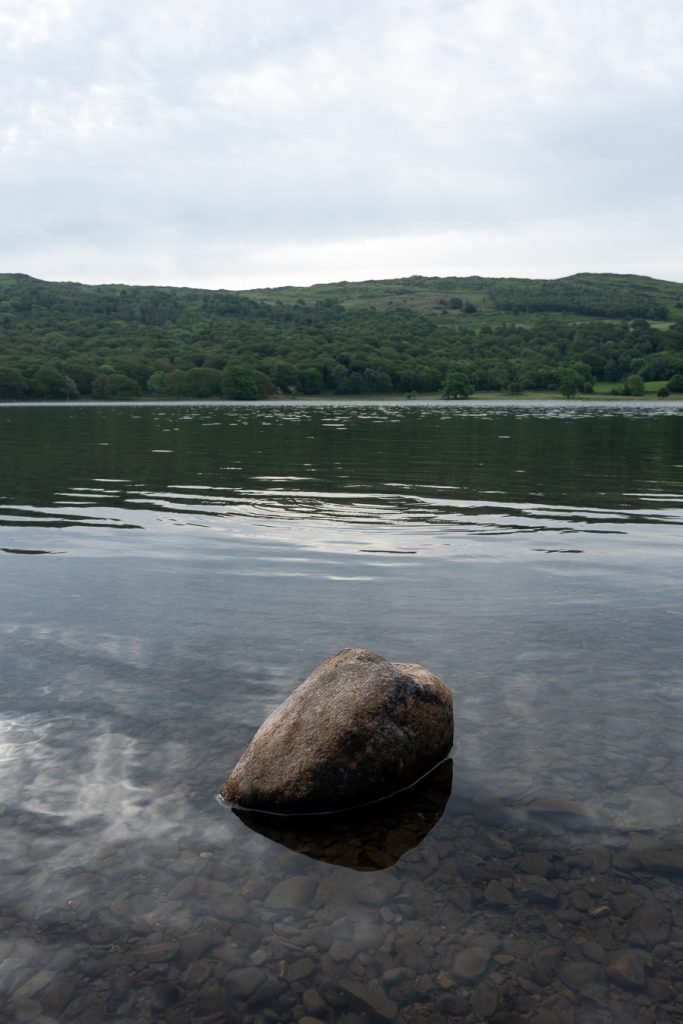
NiSi V5 Polariser
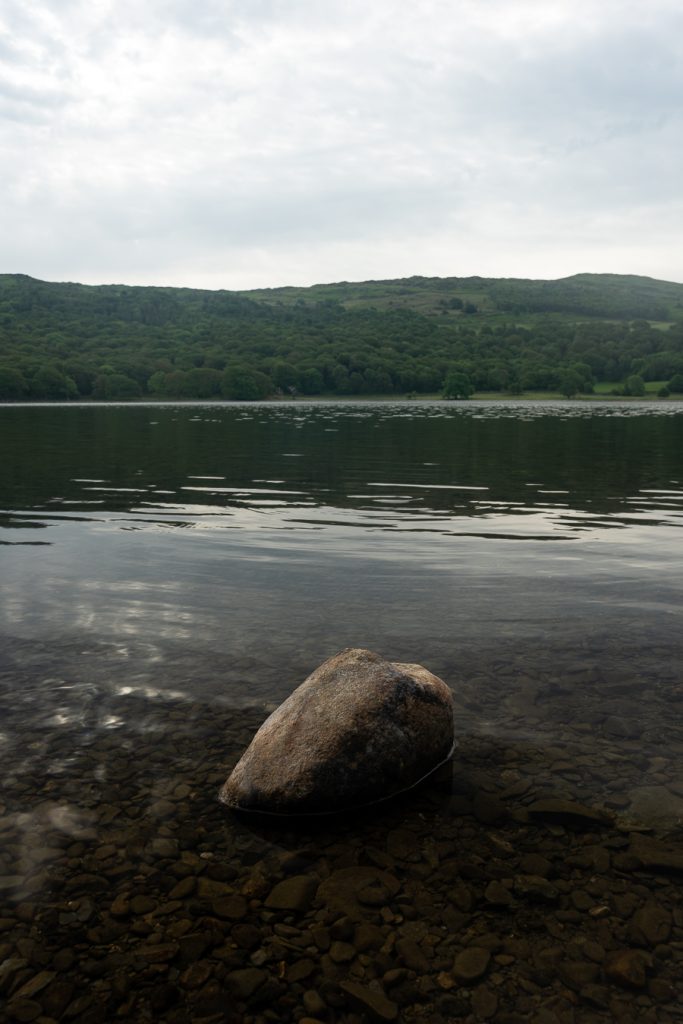
Kase K8 Polariser
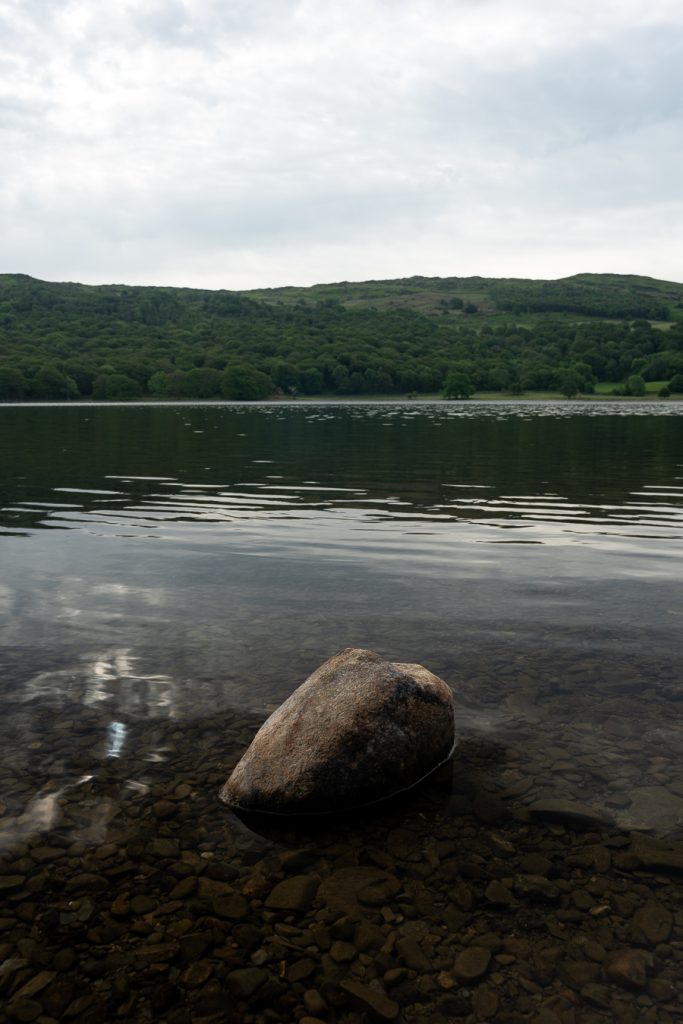
Both are very good, and it’s hard to find fault with either. The Kase polariser does seem to eliminate a touch more haze than it’s NiSi counterpart though. That, along with the other innovations, make the Kase a clear winner in my opinion.
Verdict on the Kase K8 System
I really like my NiSi V5 Pro system, but going back to it after using the Kase K8 seems like a bit of a step backwards.
The ingenuity brought by Kase continues to impress. They have made the Kase K8 holder absolutely tiny in comparison to other holders, added in a problem solving solution to a common issue (the magnetic attachment), and haven’t compromised on quality in the slightest.
Despite all this, it actually comes in as one of the cheapest professional filter kits on the market. The only gripe I have is that it doesn’t include a carrying case, but after saving around £30 over another system you can put that towards your own carry case.
Verdict: Buy it Now.
Read More…
Ultimate Guide to Landscape Photography
Astrophotography: A Beginner’s Guide to Photographing the Night Sky
Ultimate Guide to Forest Photography
Forget the Rainy Days – Here’s Why You Should Shoot in Bad Weather
 |
 |
 |
 |

About Alex W.
Alex is the owner and lead writer for Click and Learn Photography. An avid landscape, equine, and pet photographer living and working in the beautiful Lake District, UK, Alex has had his work featured in a number of high profile publications, including the Take a View Landscape Photographer of the Year, Outdoor Photographer of the Year, and Amateur Photographer Magazine.
Thoughts on "Kase K8 Filter Holder and Polariser Review"
 |
 |
 |
 |
You can Get FREE Gifts. Furthermore, Free Items here. Disable Ad Blocker to receive them all.
Once done, hit anything below
 |
 |
 |
 |